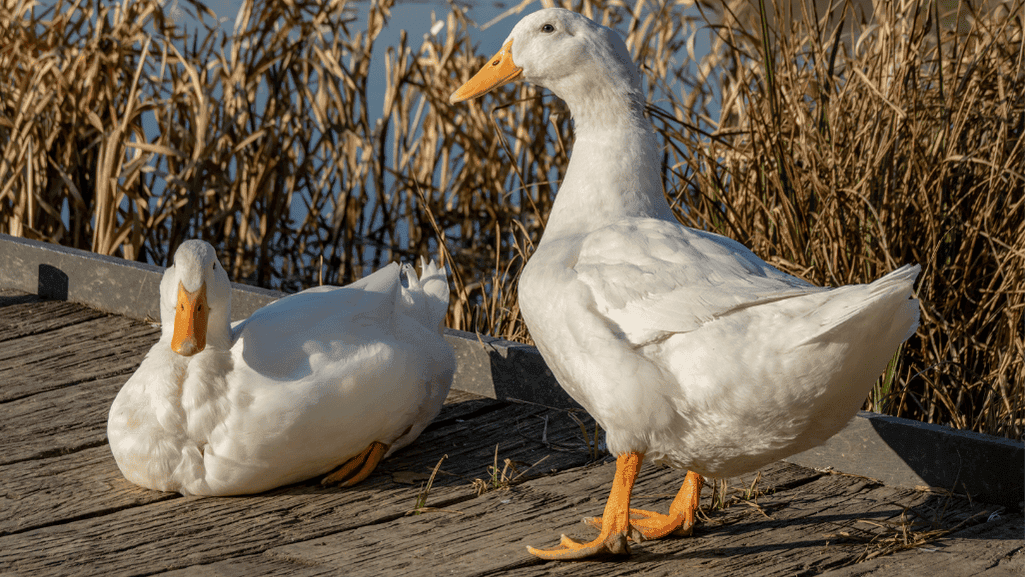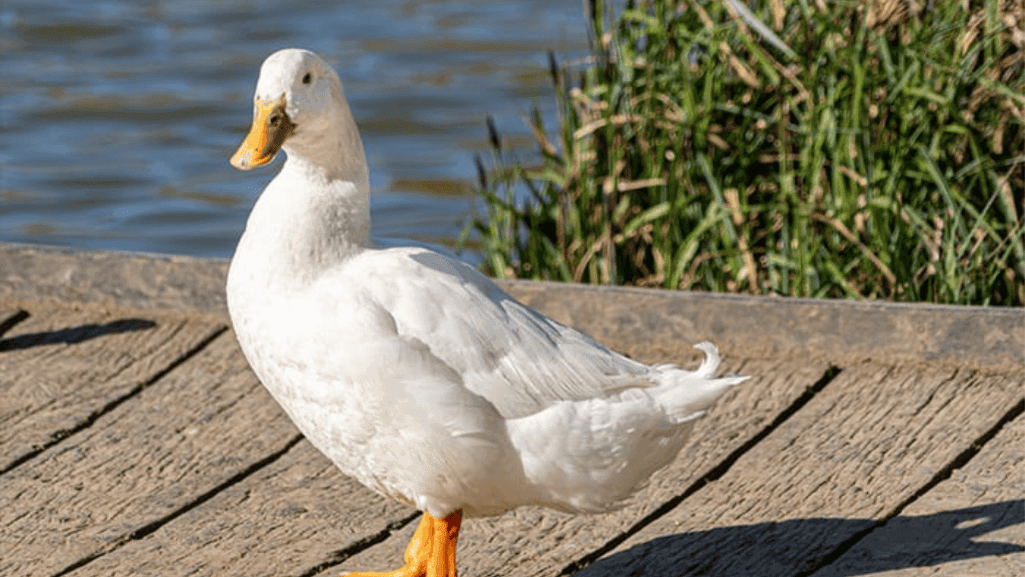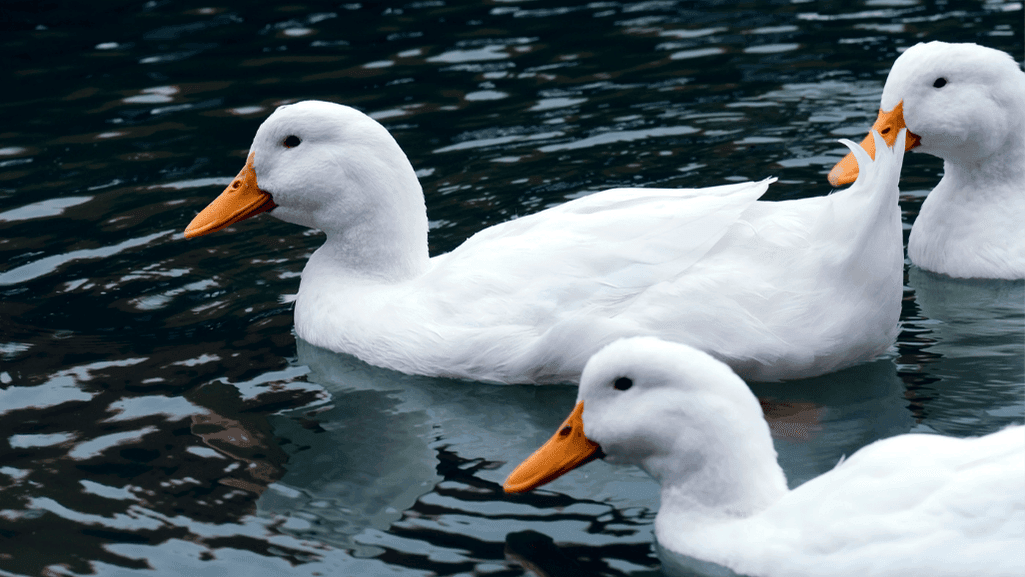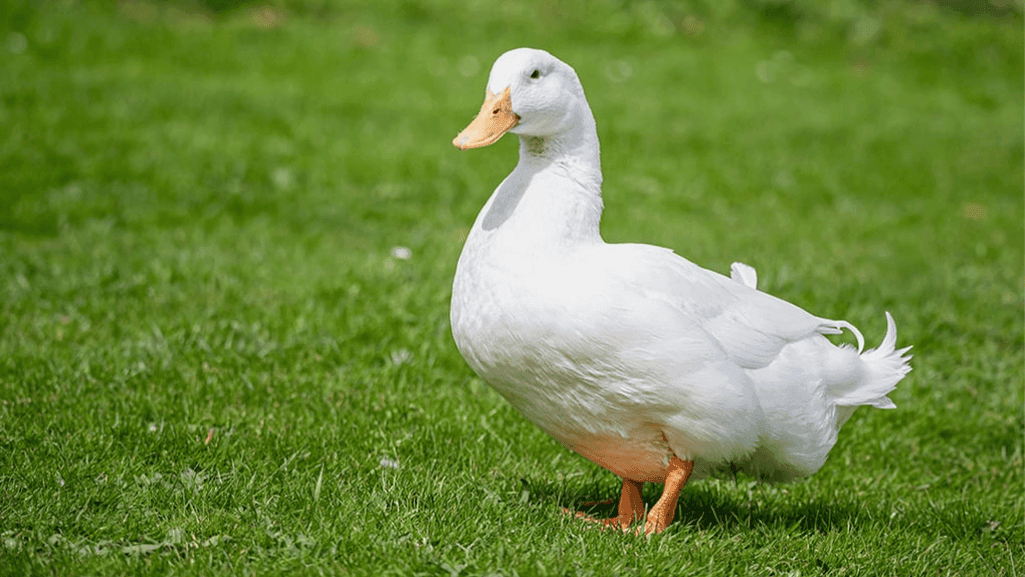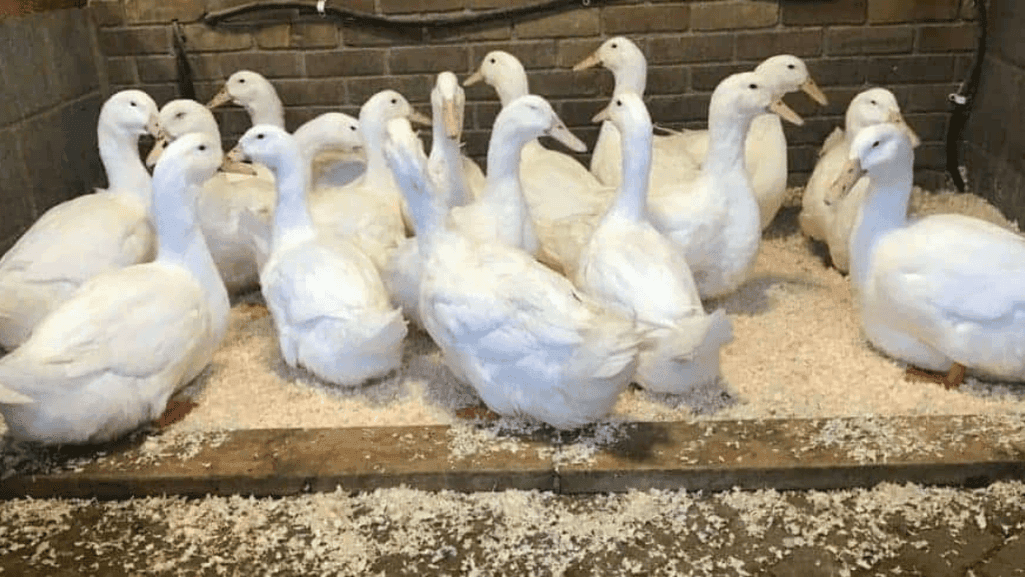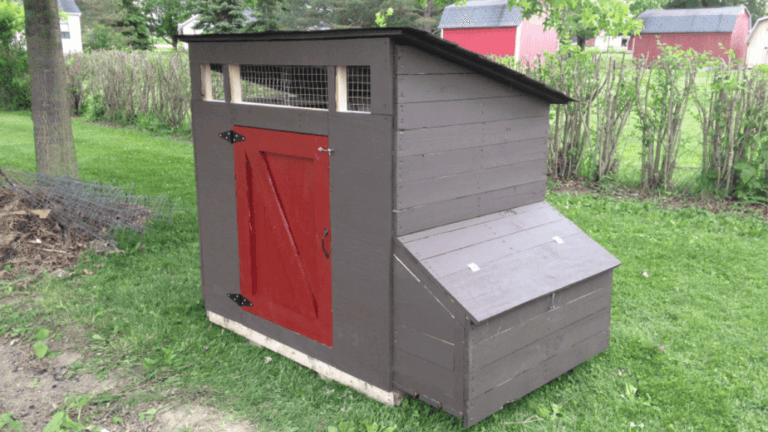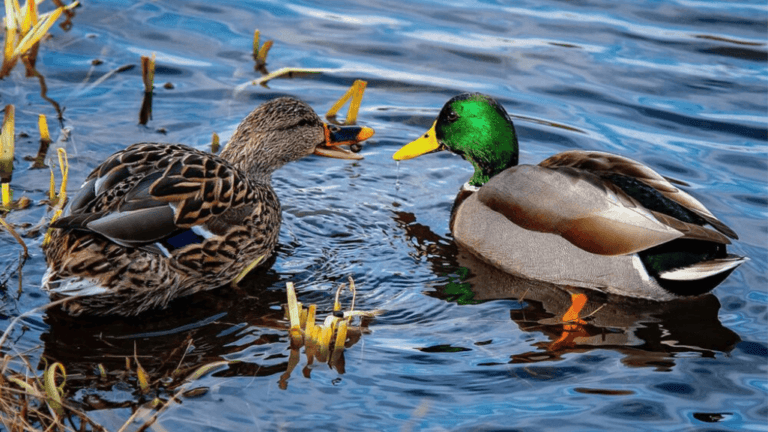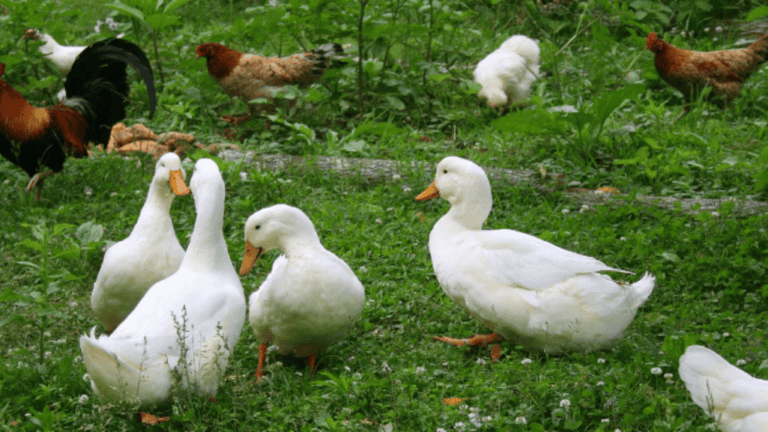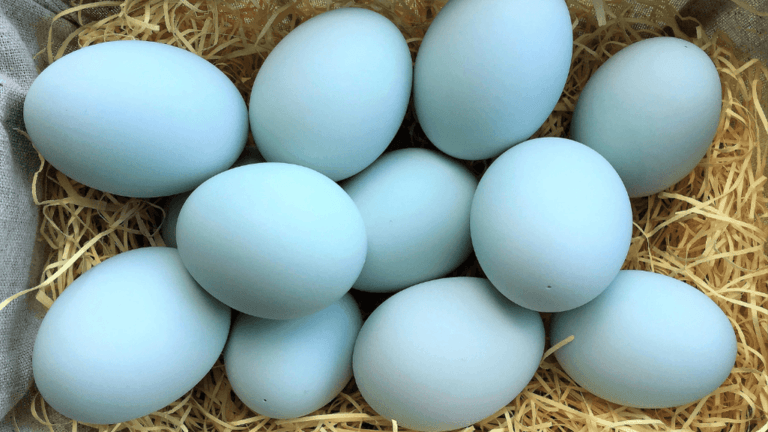In England’s beautiful landscapes, the Aylesbury Duck stands out. These domestic ducks are loved by many for their beauty and calm nature. They are a key part of England’s farming history and are admired by duck lovers everywhere.
Aylesbury Ducks are known for their pure white feathers and unique looks. They have a long history, bred in Aylesbury, Buckinghamshire, for centuries. Today, they are seen as symbols of beauty and are celebrated by poultry fans around the world.
Key Takeaways:
- Aylesbury Ducks are a iconic white domestic duck breed originating from England
- Known for their distinctive appearance and calm temperament
- Considered a rare and valuable heritage breed
- Recognized by various poultry associations worldwide
- Played a significant role in English agriculture and culture
Introduction to Aylesbury Ducks
Aylesbury Ducks are loved by many for their beauty and rich history. They are a symbol of England’s waterfowl heritage. These ducks were developed in Aylesbury, Buckinghamshire, through careful breeding.
Origins and History
The Aylesbury Duck has a long and interesting history. It started in Aylesbury, where it became a big industry in the 19th century. By the 1860s, it spread to nearby towns and villages.
The arrival of the Pekin duck in 1873 changed things. The Pekin was hardier and cheaper, affecting the Aylesbury duck industry.
Despite this, Aylesbury Ducks were still celebrated for their qualities. In 1853, they were recognized in poultry shows. By 1890, they could weigh up to 30 lbs at Birmingham.
| Year | Event |
|---|---|
| 1860s | Aylesbury duck industry expanded to surrounding towns and villages |
| 1873 | Introduction of Pekin duck to the UK, impacting Aylesbury duck industry |
| Early 20th century | Competition from Pekin duck, inbreeding, disease, and rising food costs led to decline in Aylesbury duck industry |
| First and Second World Wars | Aylesbury duck industry in Buckinghamshire suffered significant losses |
| 1950s | Only one significant flock of pure Aylesbury ducks left in Buckinghamshire |
| 1966 | No significant duck-breeding or rearing businesses remaining in Aylesbury |
Distinctive Characteristics
Aylesbury Ducks are known for their white plumage and long necks. They have pale orange legs and feet. Their broad chest and straight bill are also distinctive.
These ducks are large, with drakes weighing 10 lbs and ducks weighing 9 lbs. They are not only beautiful but also very productive. Female Aylesbury ducks can lay over 100 eggs a season.
Breed Standards and Recognition
The Aylesbury duck has won the hearts of many with its beauty and history. To keep the breed true to its roots, poultry groups have set breed standards. These standards help preserve the Aylesbury duck for the future.
Official Breed Standards
The breed standards for Aylesbury ducks outline what makes them special. They cover size, weight, plumage color, and shape. The American Poultry Association (APA) has set specific weights for Aylesbury ducks.
| Category | Weight |
|---|---|
| Old Drake | 10 lbs (4.54 kg) |
| Old Duck | 9 lbs (4.1 kg) |
| Young Drake | 9 lbs (4.1 kg) |
| Young Duck | 8 lbs (3.6 kg) |
The APA also focuses on physical traits. The head and bill are most important, with size also key. Other traits like condition and color add up to 100 points.
Recognized by Poultry Associations
The Aylesbury duck is recognized by poultry groups around the world. In 1874, the American Poultry Association officially recognized it. This recognition helps protect and promote the breed.
Even with recognition, the Aylesbury duck is rare, especially in the U.S. It faces challenges adapting to local conditions. Yet, breeders and enthusiasts keep its unique qualities alive at shows.
To keep their white plumage and bill color, Aylesbury ducks need shade. This prevents yellow staining. With proper care, they can be as productive as other ducks, with one drake serving up to four females.
Physical Attributes of Aylesbury Ducks
Aylesbury ducks are known for their impressive size and beauty. They weigh between 8 to 10 pounds, making them quite large. This size makes them stand out wherever they are.
Their white plumage is one of their most striking features. Their feathers are smooth and shiny, giving them a flawless white look. This white color makes them unique among other ducks.
Aylesbury ducks have a special combination of bill and leg colors. Their bills are long, straight, and pale pink, adding elegance. Their legs and feet are a lovely pale orange, matching their white feathers perfectly.
| Physical Attribute | Description |
|---|---|
| Body Weight | 8 to 10 pounds |
| Plumage Color | Pure white, smooth and glossy |
| Bill Color | Pale pink, long and straight |
| Leg Color | Pale orange |
| Body Shape | Broad, deep chest; long, graceful neck |
Aylesbury ducks have a unique body shape. They have a broad, deep chest that shows strength. Their necks are long and graceful, making them look regal. They carry themselves with grace, drawing attention to their beauty.
These ducks are truly magnificent. Their size, white plumage, striking colors, and elegant shape make them a wonder. They show the beauty of nature and the hard work of breeders who preserve this special breed.
Temperament and Personality
Aylesbury ducks are known for their gentle and friendly nature. They are a favorite among duck lovers and small-scale farmers. Their calm temperament makes them great companions in various settings.
Calm and Friendly Nature
Aylesbury ducks are calm and friendly. They are peaceful birds that rarely show aggression. This makes them perfect for those wanting a friendly and adaptable companion in their backyard.
These ducks love being around other ducks and poultry. They get along well with others, creating a united flock. They also enjoy being around humans, showing curiosity and a desire to bond.
Adaptability to Human Interaction
Aylesbury ducks are easy to get along with. They quickly adjust to new places and bond with their caretakers. With patience and gentle care, they can become very tame and enjoy human attention.
Despite their size, Aylesbury ducks are easy to manage. They are smart and can learn simple tricks. This shows their intelligence and adaptability.
| Breed | Temperament | Human Interaction |
|---|---|---|
| Aylesbury | Calm and friendly | Highly adaptable |
| Pekin | Friendly and outgoing | Enjoys human company |
| Muscovy | Quiet and intelligent | Can be tamed with patience |
| Call | Noisy and active | Requires more attention |
| Indian Runner | Nervous and skittish | Needs gentle handling |
While Aylesbury ducks are known for being calm and friendly, each duck is unique. They have their own traits and quirks. But with the right care and environment, they show their friendly and adaptable nature, making them a joy to have around.
Aylesbury Ducks in Agriculture
Aylesbury Ducks have been key in English agriculture, especially in meat production. They come from Aylesbury, England, and are loved for their tasty meat and fast growth. This makes them valuable in poultry farming and managing livestock.
Meat Production
Aylesbury Ducks are famous for their high-quality meat. It’s tender, flavorful, and a favorite in English dishes. Their large size and quick growth make them perfect for meat production.
Male Aylesbury Ducks, or drakes, weigh 4.5kg to 5.5kg. Female ducks, or hens, weigh about 4.1kg to 5.0kg. Their meat quality is unmatched.
Several factors contribute to Aylesbury Duck farming’s success. They are easy to raise and need little care. The arrival of railways helped spread these ducks, boosting the industry.
Egg Laying Capabilities
Aylesbury Ducks are mainly raised for meat but also lay eggs. They don’t lay as many as some breeds, but their eggs are large and white. This makes them useful for both meat and egg farming.
To get the most eggs, Aylesbury Ducks need a good diet and space. They like crowded areas and need about 4-5 square feet per bird. Keeping them safe from predators and harsh weather is also important.
Breeding Aylesbury Ducks is simple, with one male to 7-10 females recommended. They can breed all year, which is great for farmers. Regular vet visits are key to keeping the flock healthy.
In summary, Aylesbury Ducks are a big help in agriculture, especially for meat. Their fast growth, tasty meat, and some egg-laying make them popular. With the right care, farmers can raise these ducks and help keep the breed alive. For more info, visit Ducks New World.
Housing and Care Requirements
Aylesbury Ducks are majestic and have a rich history. They need a safe and cozy place to live. A good duck enclosure should be big enough for them to move around, swim, and behave naturally.
When building a duck enclosure, keep them safe from predators. Use strong fencing and cover the top to stop birds from getting in. The enclosure should also protect them from the weather, with a dry spot for them to rest.
It’s very important to give Aylesbury Ducks clean water. They love water and need it to drink and keep their feathers clean. Put a shallow pool or water trough in their enclosure. Make sure the water is always fresh and clean.
Aylesbury Ducks also need a good diet. Feed them high-quality duck food and give them treats like greens and mealworms. Always make sure they have clean water to drink.
| Breed | Annual Egg Production |
|---|---|
| Aylesbury Duck | Up to 200 eggs per year |
| Khaki Campbell Duck | 250-300+ eggs per year |
| Indian Runner Duck | Around 200 eggs per year |
| Rouen Duck | Up to 150 eggs per year |
Keeping their living area clean is key to their health and happiness. Clean their home often to remove waste and uneaten food. Ducks can be messy, so cleaning often is needed to keep them healthy.
By giving Aylesbury Ducks the right home, protection, and clean water, they can thrive. With the right care, they can add beauty and history to any place.
Breeding and Genetics of Aylesbury Ducks
Breeding Aylesbury Ducks requires a deep understanding of genetics and selective breeding. Breeders pick their breeding stock carefully to keep the breed pure. They aim to pass on the desired traits, like the ducks’ white plumage, through selective breeding.
Selective Breeding Practices
Selective breeding shapes the future of Aylesbury Ducks. Breeders choose the best ducks from each generation to breed the next. They look at factors like size, egg-laying, and temperament when making their choices.
The egg-laying of Aylesbury Ducks is key in breeding. They lay 150-200 eggs a year. Utility strains should lay no more than 150 eggs, averaging 30-100. This is compared to Khaki Campbells, which lay 300-350 eggs a year.
| Duck Breed | Annual Egg Production |
|---|---|
| Aylesbury Ducks | 150-200 eggs |
| Utility Aylesbury Ducks | 30-100 eggs (max 150) |
| Khaki Campbells | 300-350 eggs |
Maintaining Purebred Lines
Keeping Aylesbury Ducks pure is crucial for breeders. Mixing with other breeds can lose the unique traits of Aylesbury Ducks. Domestic-waterfowl.co.uk notes there are fewer than 25 exhibition Aylesbury Ducks in Ireland. The common ‘Aylesbury’ is seen as a hybrid breed.
Genetics control the traits, like plumage color. Breeders use this knowledge to make informed breeding choices. By tracking their ducks’ lineage, they can identify the best ones to breed.
Mutations can introduce new traits, but breeders must be careful. Only beneficial mutations should be used in breeding programs.
With dedication and a love for the breed, breeders can keep Aylesbury Ducks thriving for years to come.
Conservation Efforts for Aylesbury Ducks
Aylesbury ducks, a majestic breed from England, are now in a critical conservation status. The Livestock Conservancy, with over 175 years of experience in conservation, sees the urgent need to protect these ducks. They are known for their large size, with males weighing around 10 pounds and females about 9 pounds.
These ducks have seen a big drop in numbers due to changes in farming and a focus on more profitable breeds. Organizations like the Rare Breeds Survival Trust (RBST) in the UK are leading the way in saving Aylesbury ducks. They help breeders keep the breed pure, focusing on both show and working ducks.
Rare Breed Status
The Aylesbury duck was once a key part of English food, loved for its tasty meat and quick growth. Females lay 35 to 125 white or tinted-green eggs a year, showing their value. But, the rise of breeds like the Pekin has pushed Aylesbury ducks to the edge of extinction.
Preservation Initiatives
Efforts to save the Aylesbury duck are underway, focusing on preserving biodiversity and supporting sustainable farming. These initiatives aim to keep the breed’s genetic purity and share its unique traits. By backing small farmers and hobbyists, they help ensure Aylesbury ducks will be around for future generations.


